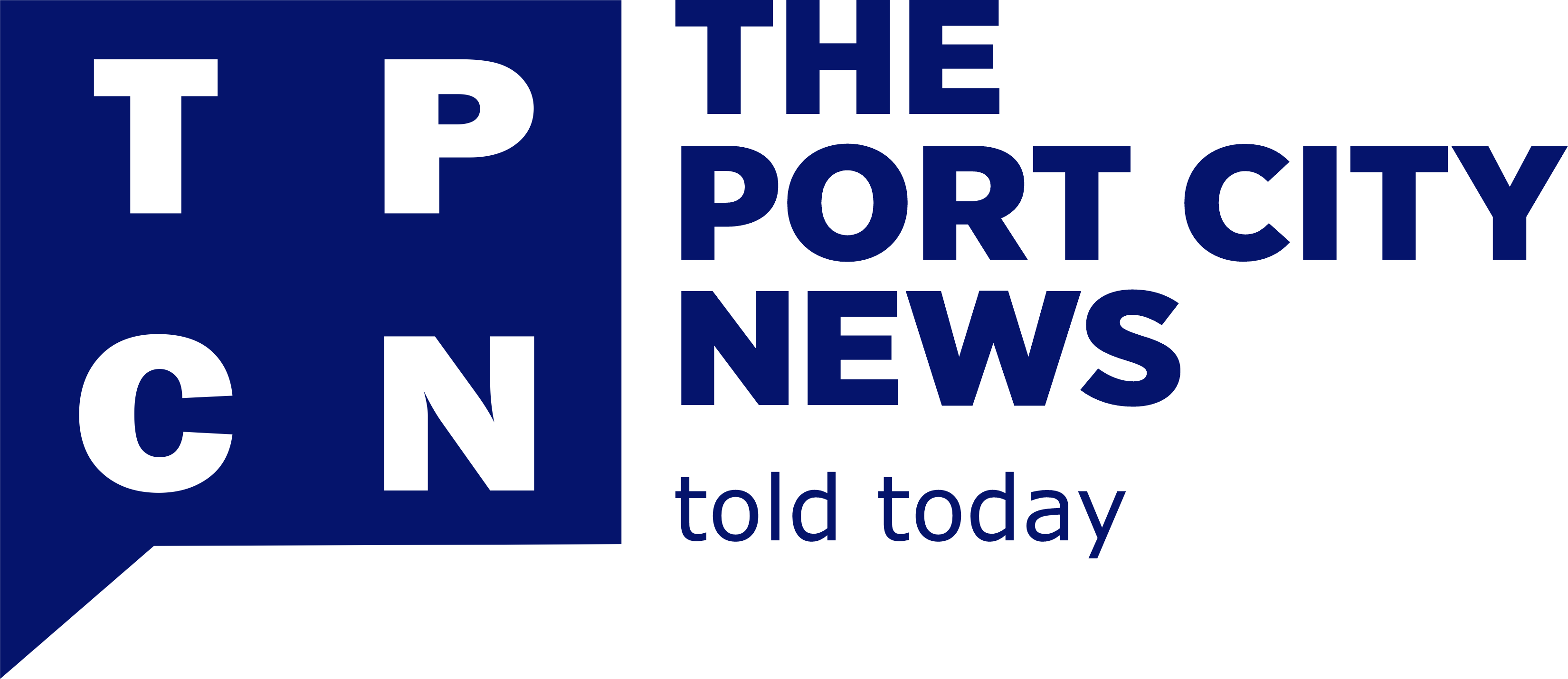- ABCD
- Malaria Control Plan – The Key Components
Malaria can often be prevented by using anti-malaria drugs and by using personal protection measures to prevent mosquito bites.
The key components of the Kegoz MCP are based on the World Health Organization’s “ABCD” systematic preventative measures of:
- Awareness
Ensuring that all personnel are educated in identifying the risks, the prevention, and the identification of early signs and symptoms.
- Bite Prevention

Which is the most effective and important means of preventing malaria.
- Chemical Prophylaxis

(The anti-malaria medication) is a critical component of the MCP.
- Diagnosis and Treatment
Importance of early diagnosis and program evaluation.
Self – protection measures and best practices.
The goal of personal protection measure is to avoid coming into contact with mosquitoes and thus avoid mosquito’s bites. Every individual should be aware of and practice the following protective measures:
- Mosquito Skin Repellent – Mosquito skin repellent containing DEET should be used.
Care must be taken to avoid contact with mucous membranes. Insect repellents should not be sprayed on the face or applied to the eyelids or lips. Hands must always be washed after repellent is applied. Insect repellents should not be applied to sensitive, sunburned or damaged skin or deep skin folds.
Repeated applications may be required every 3-4 hours, especially in hot and humid climates.
Repellants should be used in strict accordance with the manufacturer’s instructions and the dosage must not be exceeded, especially for young children.
Each work site maintains a stock of approved mosquito repellant and supply employees when requested.
- Bed Nets (at onshore sites only) – Permethrin treated mosquito nets are made available for each sleeping area or bed of employees which does not have effective air conditioning. The bed nets will be used where mosquito proofing is not possible or is ineffective.

- Protective Clothing can help at times of the night when mosquitoes are active. The thickness of the material is critical. No skin should be left exposed unless treated with a repellant. Insect repellant applied to clothing is effective for longer than it may be on the skin. Extra protection is provided by treating clothing with permethrin or etofenprox, to prevent mosquitoes from biting through clothing. Label instructions should be followed to avoid damage to certain fabrics. It should not be applied to underwear, hats, waterproof materials or special gear.
All personnel, including when offshore, should wear long sleeve shirts and long trousers during night working hours. Usage of long sleeve shirts and long trousers during non-working hours is also strongly encouraged at night.
reach us on 08064027601, Bassey.




